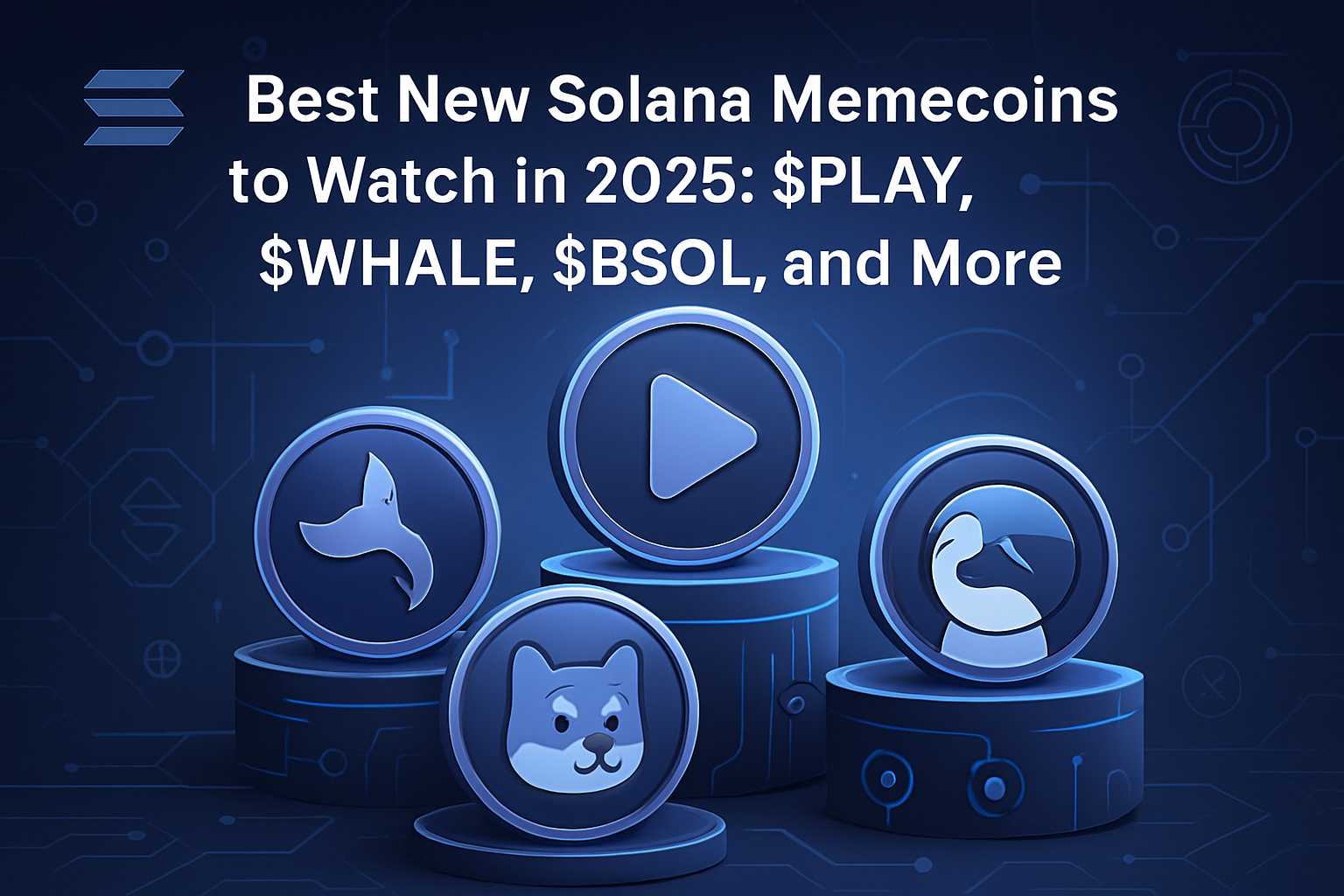How Solana Is Revolutionizing On-Chain Business Operations: Insights from Kyle Samani

Solana’s ascent in the blockchain world is not just a story of speed and scalability; it’s rapidly becoming the infrastructure backbone for next-generation on-chain business operations. At a time when traditional financial rails are struggling to keep pace with digital innovation, Solana’s technical prowess and strategic institutional backing are rewriting the playbook for how companies manage capital, execute transactions, and govern themselves on-chain.
Solana’s Technical Edge: Real-Time Settlement at Scale
In 2025, Solana has proven its mettle by handling up to 100,000 transactions per second in test environments, while maintaining a real-world throughput of approximately 3,600 TPS. This performance dwarfs most competing blockchains and even rivals legacy payment networks. The recent Alpenglow upgrade pushed throughput to 10,000 TPS with transaction fees as low as $0.00025. These numbers are not just benchmarks; they are enablers for real-time settlement of payroll, vendor payments, equity issuance, and more, all directly on-chain.
The current price of Solana (SOL) stands at $248.46, reflecting both investor confidence and growing institutional demand. This momentum is reinforced by high-profile moves like Forward Industries’ $1.65 billion private placement, an event that signals a new era for corporate treasury management using blockchain-native assets.
Kyle Samani’s Vision: On-Chain Corporate Finance Redefined
Kyle Samani, co-founder of Multicoin Capital and now chair of Forward Industries’ board, has been outspoken about Solana’s potential to disrupt traditional finance. In his view, the combination of high throughput and low-cost transactions makes Solana uniquely suited for large-scale business operations that require both transparency and efficiency.
Samani argues that Solana’s native staking yields and DeFi opportunities generate cash flows unavailable to Bitcoin-based treasuries, a key differentiator as companies seek yield-generating alternatives for idle capital. With Forward Industries acquiring over 6.8 million SOL tokens for its treasury strategy (source), the firm is positioning itself at the forefront of this transition.
This strategic shift is not isolated; it’s part of a broader movement toward what Samani calls “Internet Capital Markets”: a vision where all aspects of corporate finance operate transparently on decentralized rails (source). The implications extend beyond efficiency gains: programmable money flows allow faster audits, continuous compliance checks, and automated risk management, features that legacy systems can only dream about.
The Rise of Institutional On-Chain Treasuries
The institutional embrace of Solana is best exemplified by Forward Industries’ landmark $1.65 billion raise in mid-2025, a deal led by Galaxy Digital, Jump Crypto, and Multicoin Capital (source). The capital raised is earmarked primarily for building out a robust SOL-denominated treasury capable of leveraging staking rewards and DeFi protocols native to the network.
Solana (SOL) Price Prediction 2026-2031
Professional outlook based on current market trends, institutional adoption, and technical advancements as of Q3 2025.
| Year | Minimum Price | Average Price | Maximum Price | % Change (Avg vs. Prev Year) | Market Scenario Insights |
|---|---|---|---|---|---|
| 2026 | $190.00 | $270.00 | $390.00 | +8.7% | Continued institutional adoption, steady DeFi growth, but partial market correction after 2025 rally. |
| 2027 | $230.00 | $335.00 | $480.00 | +24.1% | Bullish momentum as new enterprise use cases emerge; regulatory clarity boosts confidence. |
| 2028 | $295.00 | $410.00 | $595.00 | +22.4% | Major upgrades and RWAs push adoption; competition from other L1s tempers upside. |
| 2029 | $340.00 | $495.00 | $720.00 | +20.7% | Solana cements position as leading on-chain business platform; macro market bullish. |
| 2030 | $410.00 | $595.00 | $880.00 | +20.2% | Network effects and global enterprise integration; possible new all-time highs. |
| 2031 | $485.00 | $700.00 | $1,050.00 | +17.6% | Mature ecosystem, high institutional presence, but broader crypto cycle volatility remains. |
Price Prediction Summary
Solana’s price outlook remains strong through 2031, driven by its technical superiority, high throughput, and rapidly increasing institutional adoption spearheaded by major treasury strategies. While short-term corrections are possible, the medium- to long-term trend is bullish, with potential for new all-time highs as enterprise use cases and real-world asset tokenization expand.
Key Factors Affecting Solana Price
- Institutional adoption and treasury strategies (e.g., Forward Industries $1.65B investment)
- High throughput and low fees attracting DeFi and enterprise users
- Real-world asset (RWA) tokenization and on-chain business operations
- Network upgrades (e.g., Alpenglow) enhancing scalability and efficiency
- Regulatory developments impacting institutional participation
- Competition from other high-performance layer-1 blockchains
- Overall crypto market cycles and macroeconomic trends
Disclaimer: Cryptocurrency price predictions are speculative and based on current market analysis.
Actual prices may vary significantly due to market volatility, regulatory changes, and other factors.
Always do your own research before making investment decisions.
This influx has contributed to a surging total value locked (TVL) on Solana, reaching $12.1 billion in Q2 2025. As more enterprises follow Forward Industries’ lead, we can expect further innovation in tokenized real-world assets (RWAs), automated payouts via smart contracts, and decentralized shareholder governance mechanisms, all powered by Solana’s technical foundation.
Solana’s ecosystem is evolving rapidly, and the integration of on-chain business operations is now a practical reality rather than a distant vision. The ability to execute core financial functions, such as payroll, vendor payments, and equity distributions, directly on-chain delivers measurable improvements in transparency and capital efficiency. With transaction costs routinely below $0.00025, companies can automate micro-payouts and complex multi-party settlements without friction or prohibitive fees.
One of the most compelling aspects of this transition is the emergence of Solana-based digital asset treasuries (DATs). These treasuries are not just passive holdings; they are active participants in the network through staking and decentralized finance protocols. As Kyle Samani has highlighted in multiple interviews, the yield generated from staking SOL, currently valued at $248.46 per token, creates a new paradigm for treasury management that is fundamentally different from holding non-yielding assets like Bitcoin.
Key Benefits for Modern Enterprises
Key Advantages of Running Business Operations on Solana
-
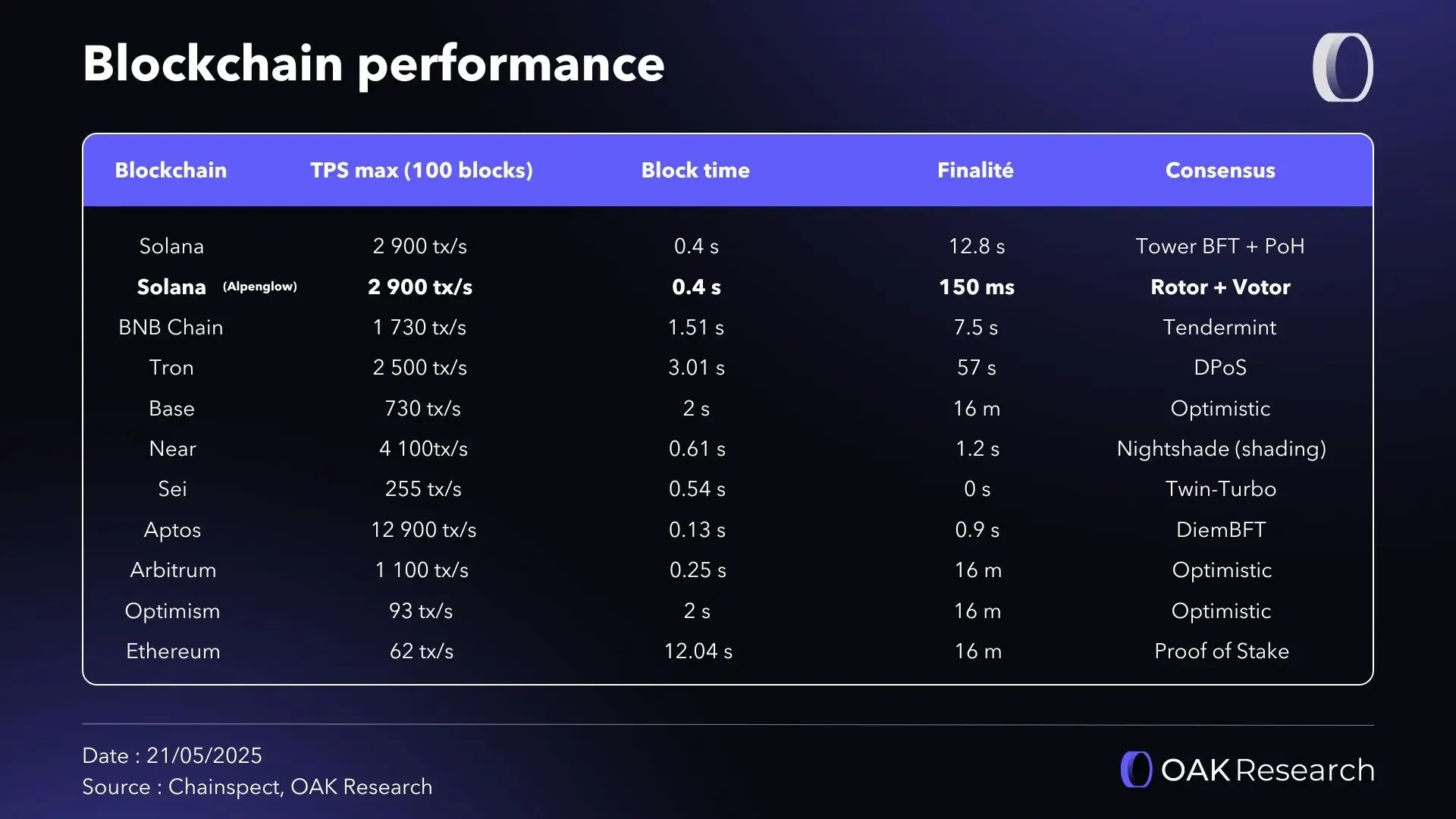
Unmatched Transaction Speed and Scalability: Solana processes up to 100,000 transactions per second in test runs, with real-time throughput around 3,600 TPS as of September 2025. This enables businesses to execute high-volume operations efficiently, far surpassing most competing blockchains.
-
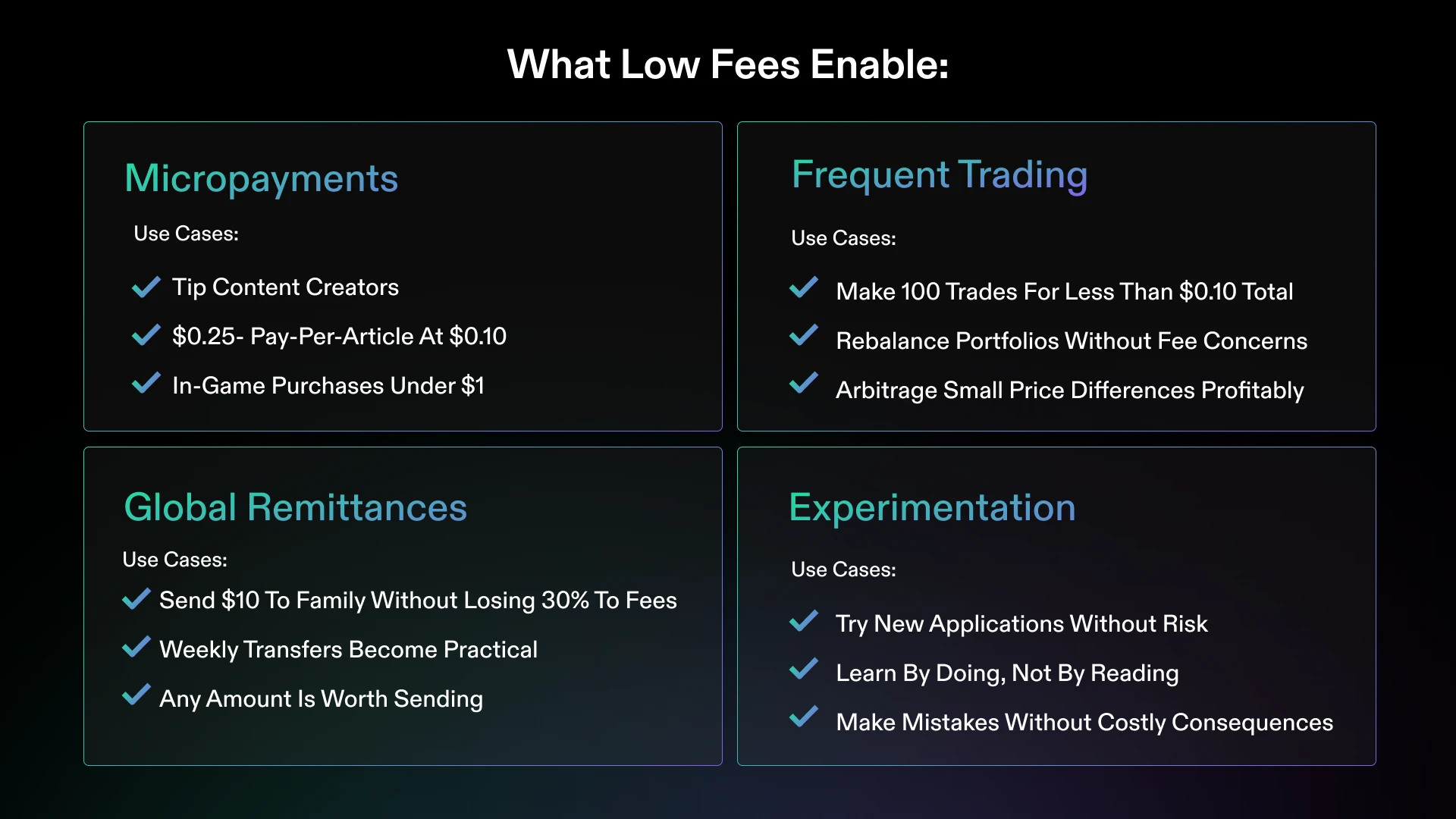
Ultra-Low Transaction Costs: With fees as low as $0.00025 per transaction after the Alpenglow upgrade, Solana allows companies to perform frequent, cost-effective on-chain activities such as payroll, vendor payments, and equity issuance.
-
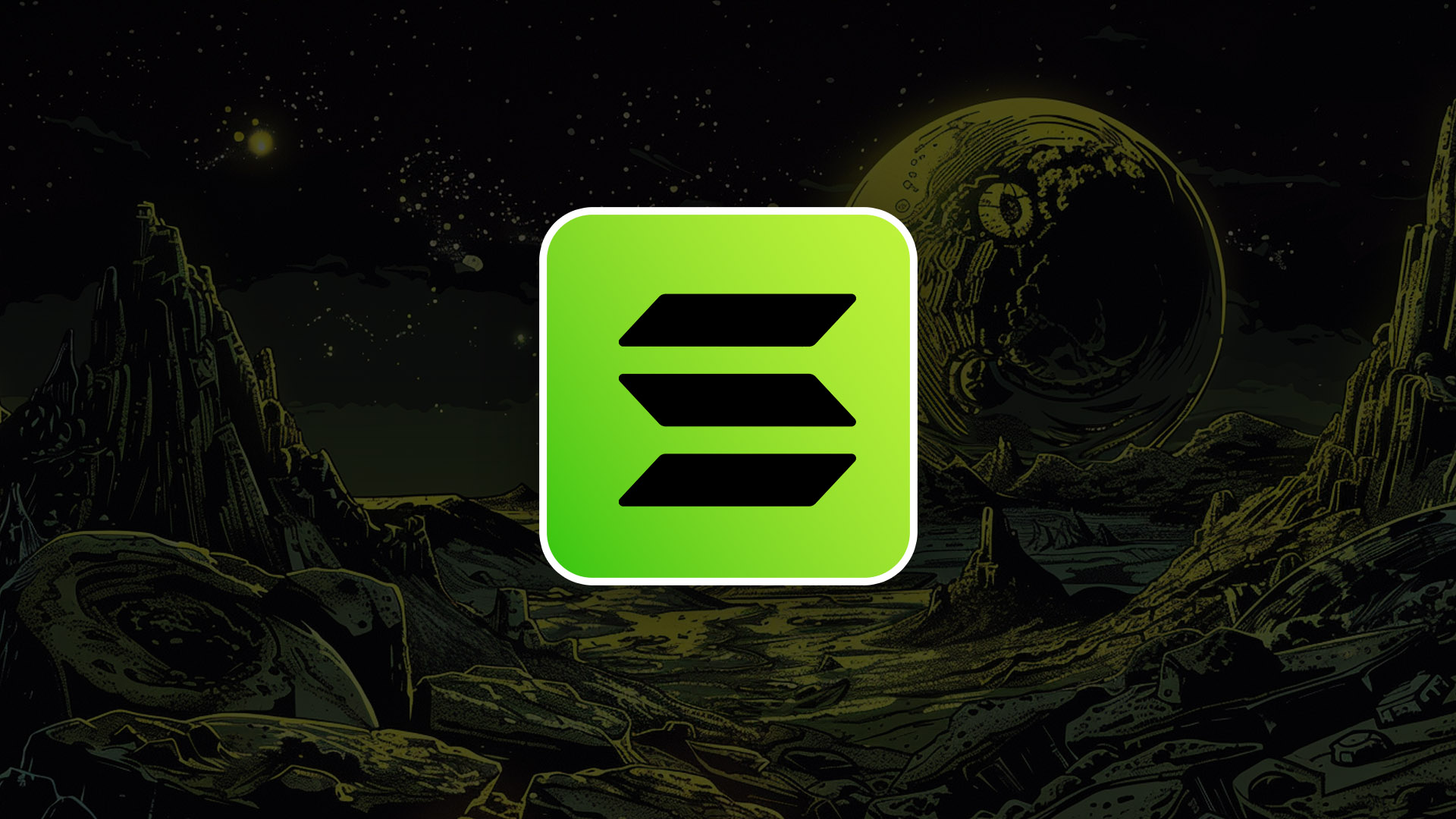
Integrated Native Yield Mechanisms: Solana’s robust staking and DeFi ecosystem enables businesses to generate on-chain yield from treasury assets—capabilities that Bitcoin-based treasuries cannot match, according to Kyle Samani.
-

Enhanced Transparency and Real-Time Settlement: Solana’s decentralized architecture and rapid consensus (400ms block times) provide transparent, auditable records of all business transactions and enable real-time settlement of financial operations.
-
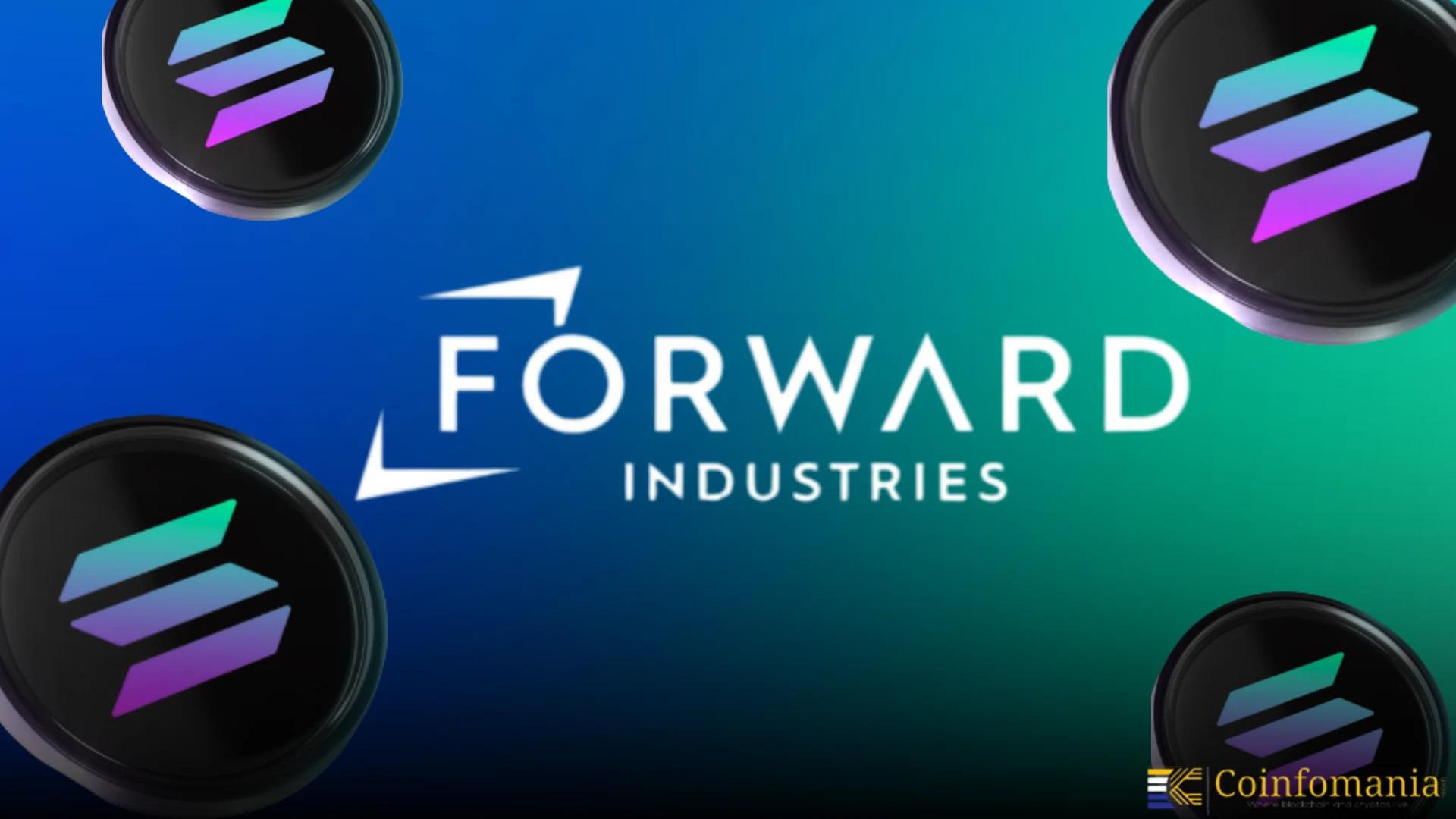
Institutional Adoption and Ecosystem Growth: Major institutional players like Forward Industries have committed $1.65 billion to Solana-based treasury strategies, reflecting growing confidence in Solana for large-scale, on-chain business operations.
-
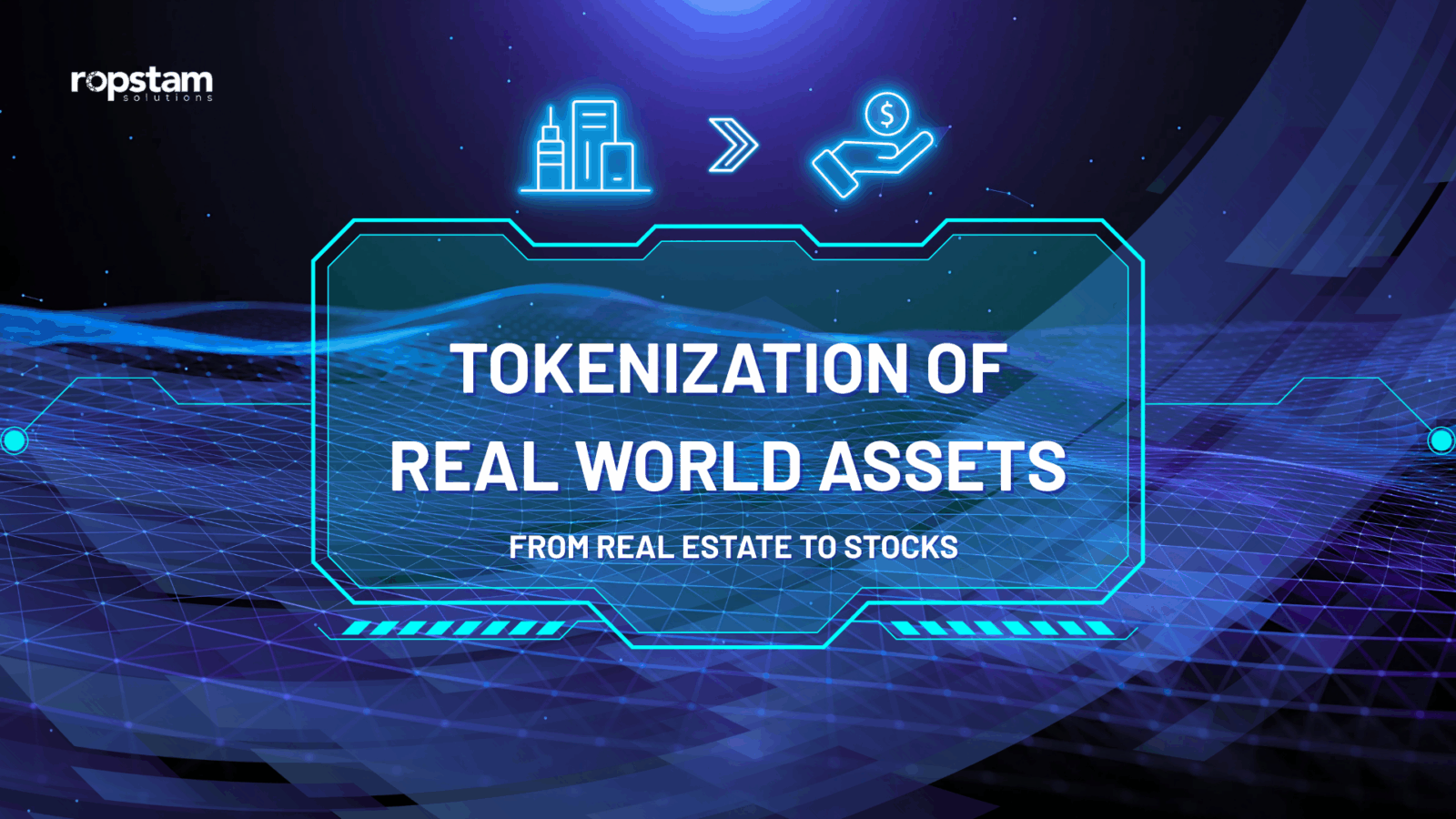
Support for Real-World Asset Tokenization: Solana’s technical advancements have attracted DeFi protocols and enabled a total value locked (TVL) of $12.1 billion in Q2 2025, facilitating seamless integration of real-world assets into on-chain workflows.
Enterprises leveraging Solana for on-chain business operations gain several distinct benefits:
- Real-time settlement: No more waiting days for cross-border payments or reconciliations.
- Programmable compliance: Smart contracts enforce rules automatically, reducing auditing overhead.
- Native yield opportunities: Corporate treasuries can earn staking rewards, enhancing returns on idle capital.
- Lower operational risk: Transparent ledgers reduce fraud and improve accountability.
The growing adoption by institutions like Forward Industries is catalyzing further innovation across decentralized finance (DeFi), real-world asset tokenization, and automated governance. These developments are not theoretical, they’re already reshaping how companies allocate resources, manage risk, and interact with stakeholders.
Kyle Samani’s conviction: “Solana’s infrastructure isn’t just faster, it’s fundamentally more programmable. That means businesses can automate what was previously manual, unlocking efficiency at every layer. ”
What Comes Next for On-Chain Business Operations?
The roadmap ahead is ambitious. As Solana continues to scale, with ongoing upgrades targeting even higher throughput, the door opens for even more complex enterprise use cases:
- Automated dividends and revenue sharing via smart contracts
- Tokenized cap tables with real-time shareholder voting
- Global payroll rails denominated in SOL or stablecoins
- Continuous assurance through on-chain audit trails
The data-driven approach championed by Samani and Multicoin Capital underscores that this isn’t hype, it’s a disciplined reimagining of corporate finance built atop public blockchains. With Solana’s technical foundation now proven at scale and price stability above $248 per SOL, institutional confidence appears well placed.
The next phase will be defined by interoperability between traditional finance (TradFi) systems and blockchain-native rails, a convergence that will further accelerate adoption. For forward-thinking enterprises willing to experiment with on-chain models today, the competitive edge could be substantial as legacy systems struggle to keep up.

